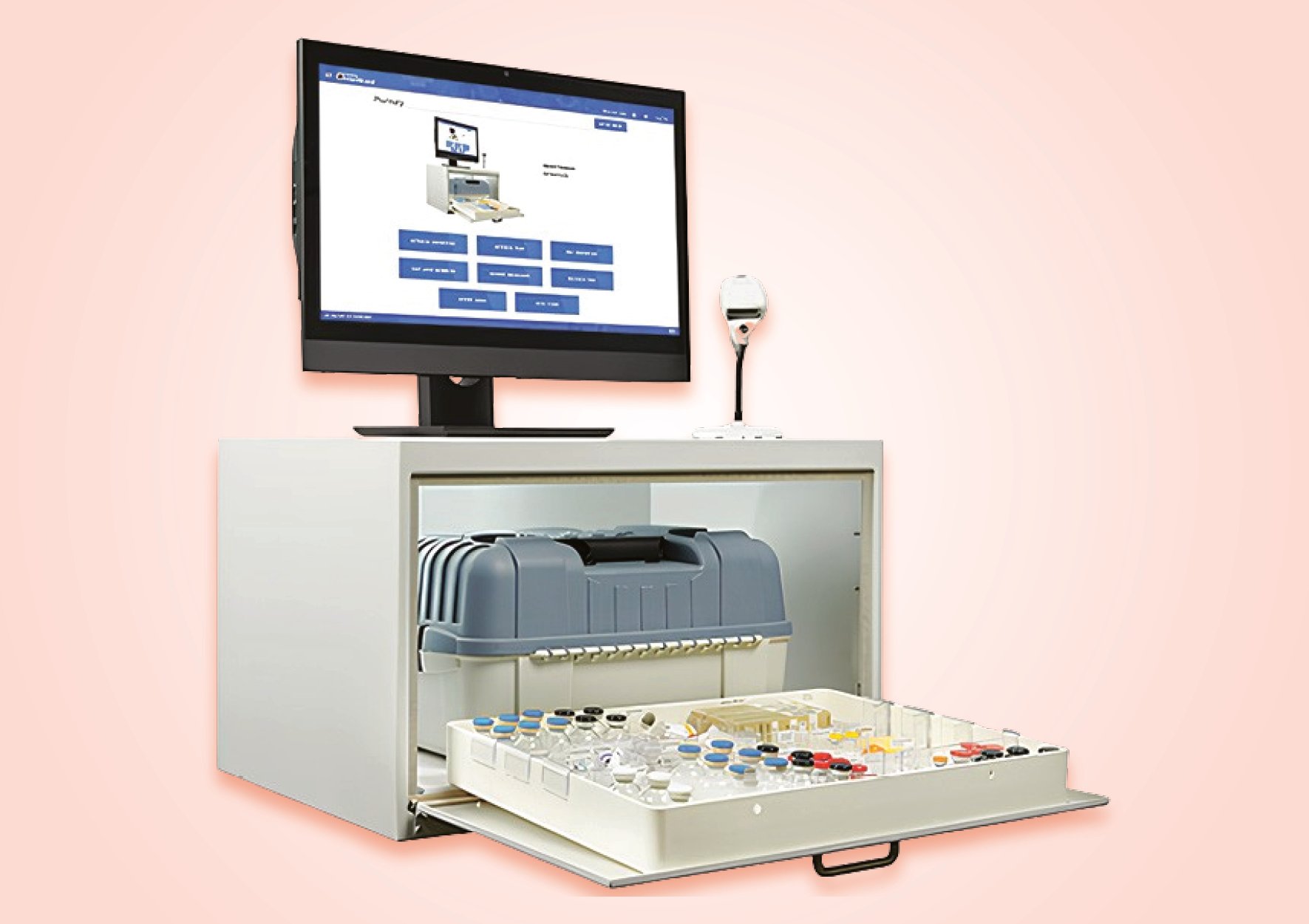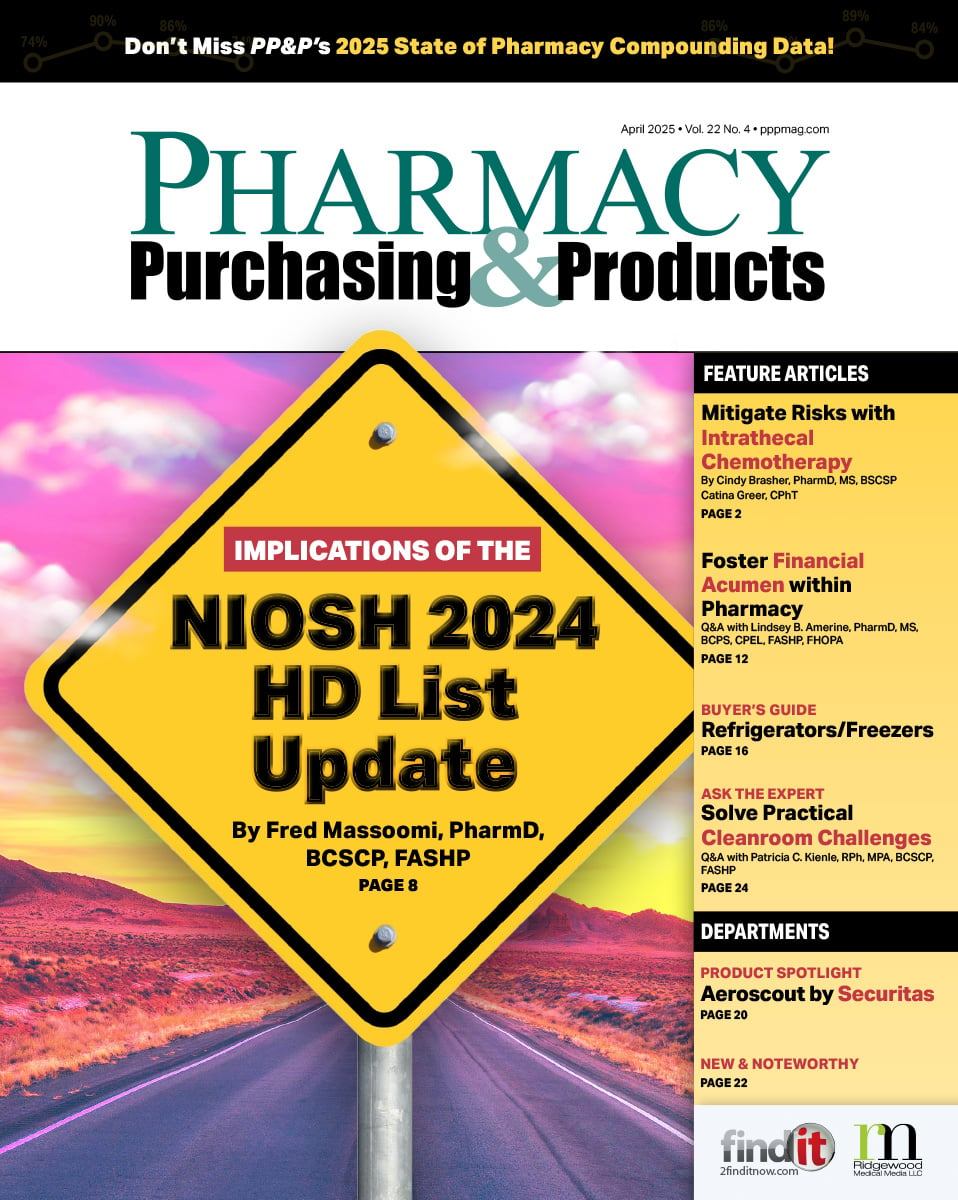- Show Menu
- Contact Us
- FAQs
- Reader Service
- Survey Data
- Survey Winners
- Testimonials
- Upcoming Events
- Webinars
- White Papers
Tips for Ensuring 340B Program Integrity
Ask for Help
Upon entry into the 340B federal drug-pricing program, a covered entity must completely understand the Health Resources & Services Administration (HRSA) regulations and guidance, which are established to ensure program compliance. In addition, the entity must be aware of the state Medicaid requirements for avoiding duplicate discounts, for both the fee-for-service program and any or all managed Medicaid programs, and for both dispensed medications billed through the pharmacy benefit and administered medications billed through the hospital benefit. The covered entity must designate if it will carve in or carve out for Medicaid, and must comply with all state requirements.
Although HRSA’s 340B website provides comprehensive program information (www.hrsa.gov/opa/index.html), existing HRSA regulations and guidance may not clearly specify the answer to every question a covered entity may have. When doubt arises, seek clarity directly from the Office of Pharmacy Affairs or from Apexus, the HRSA-designated prime vendor for the 340B program. Apexus helps entities access the best prices on covered outpatient drugs through contracting with pharmaceutical manufacturers and distributors, and helps support program integrity by providing education and assistance to stakeholders. In addition, it is prudent to consult with legal counsel familiar with the program to ensure program compliance.
Choose a 340B Software Solution
It is extremely difficult to manage a 340B program without a software solution. If a third-party administrator (TPA) software system is used, it is critical to fully understand the data sources behind the qualification process and the filters used by the TPA to make qualification decisions. The covered entity must be involved in the initial setup of a new software system and should be fully informed of the ramification of each decision made during implementation. In addition, staff should be assigned to manage an entity’s 340B program; these individuals must have an in-depth understanding of how the 340B software works.
Every 340B management software system is dynamic and requires monitoring and regular maintenance. Data sources from the hospital’s electronic health record (EHR) can change, with or without notice, and can impact 340B qualifications. Providers, payers, and drugs are mutable and must be regularly updated in the TPA software to ensure ongoing program compliance. When entering data into the software, the covered entity must provide ongoing resources to ensure that outcomes continue to meet expectations and that important data elements are current and accurate.
Avert Duplicate Discounts
If the covered entity chooses to carve in for Medicaid, it is critical to be able to accurately identify the primary and secondary/tertiary insurance plans. Ensure the filters are set appropriately to identify whether or not a prescribed or administered medication qualifies based on the payer plan information linked to each transaction. Billed transactions must contain all of the appropriate identifiers (ie, NPI number) or modifiers that equal the 340B qualification result.
A checking procedure is required to validate the data sent to the Medicaid payer. In addition, a credit rebill process must be in place to identify and correct data if a prescription was dispensed containing erroneous information. It is not uncommon for the qualification process to lag the dispense; in that case, ensure Medicaid claims are billed with the appropriate identifiers and modifiers and develop edits in the software to guide the order entry process to include or exclude these identifiers. It is critical to work toward a goal of verifying the qualification statuses of a prescription at the time of dispense in order to minimize the rework associated with credit rebilling.
Depending on the state’s requirements, different rules may apply to managed Medicaid transactions and fee-for-service. It is prudent to run a daily report to identify all Medicaid transactions, including the qualification status and identifiers linked to each dispense. This report can help identify any billed transactions with erroneous or missing data elements that could lead to a duplicate discount. The goal should be to correct any errors within a 7-day period.
Audit and Monitor
Establishing a robust audit process and assigning staff responsibility for auditing are key to program integrity. Upon go-live of a new software system, audit outcomes to ensure they meet the covered entity’s expectations. Ongoing monitoring is equally important to determine if audit criteria and frequency are sufficient. Moreover, develop a process to evaluate the audit findings, react appropriately, and report those findings to senior leadership. Any evidence of noncompliance must be investigated and corrected as soon as possible. If noncompliance exceeds the covered entity’s material breach threshold, initiate a corrective action plan with HRSA. Apexus is a helpful resource for guidance throughout this process. When dispensing prescriptions for Medicaid plans, all errors must be corrected. Work in collaboration with the state Medicaid program to ensure the credit rebilling process is used appropriately and adds or removes any rebate requests from the queue.

Charles B. Cooper, MBA, RPh, is the 340B program director at Fairview Pharmacy Services, LLC, in Minneapolis, Minnesota. He is a graduate of the University of Minnesota College of Pharmacy and completed a management residency at the University of Minnesota Medical Center. Charles’ professional interests include health-system pharmacy management, information technology, and services to underserved populations, including the 340B program.
Like what you've read? Please log in or create a free account to enjoy more of what www.pppmag.com has to offer.








